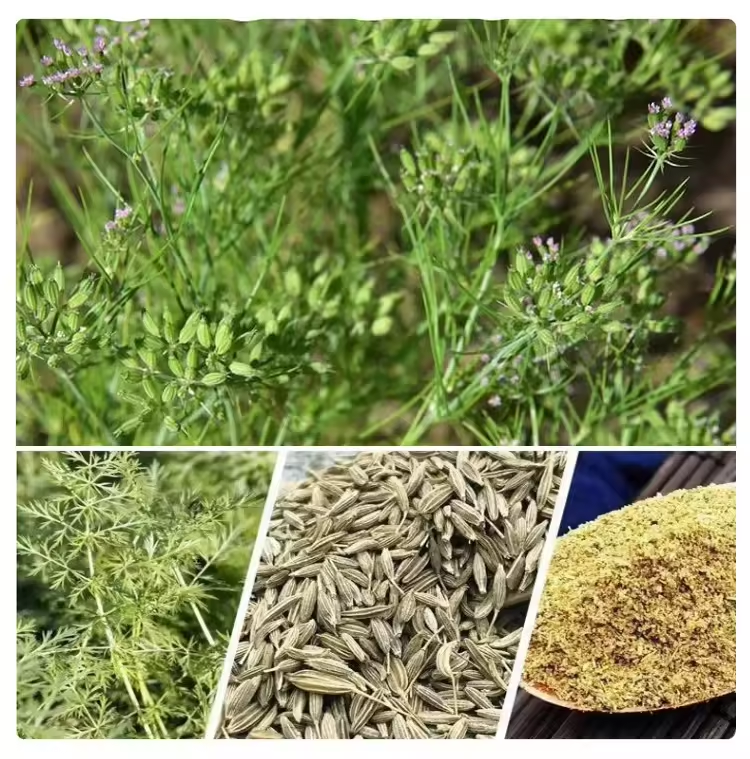Have you ever wondered about the plant behind the popular spice known as cumin? Let's delve into the world of this aromatic herb and explore its origins and uses.
What is Cumin?
Cumin, scientifically known as Cuminum cyminum, is a flowering plant native to the eastern Mediterranean region and South Asia. It belongs to the Apiaceae family, which also includes parsley, dill, and fennel.
Characteristics of Cumin
Cumin plants typically grow to a height of 30-50 cm and produce small white or pink flowers. The seeds of the cumin plant are the most commonly used part and are known for their distinctive warm, earthy flavor.
Uses of Cumin
Cumin seeds are a staple in many cuisines around the world, including Indian, Mexican, Middle Eastern, and North African dishes. They are often used whole or ground to add flavor to curries, stews, soups, and spice blends.
Health Benefits of Cumin
Aside from its culinary uses, cumin is also known for its potential health benefits. It is rich in antioxidants, vitamins, and minerals, and has been linked to improved digestion, reduced inflammation, and better blood sugar control.
Next time you reach for that bottle of ground cumin in your spice rack, take a moment to appreciate the plant behind the spice and the rich history and benefits it brings to your dishes.

